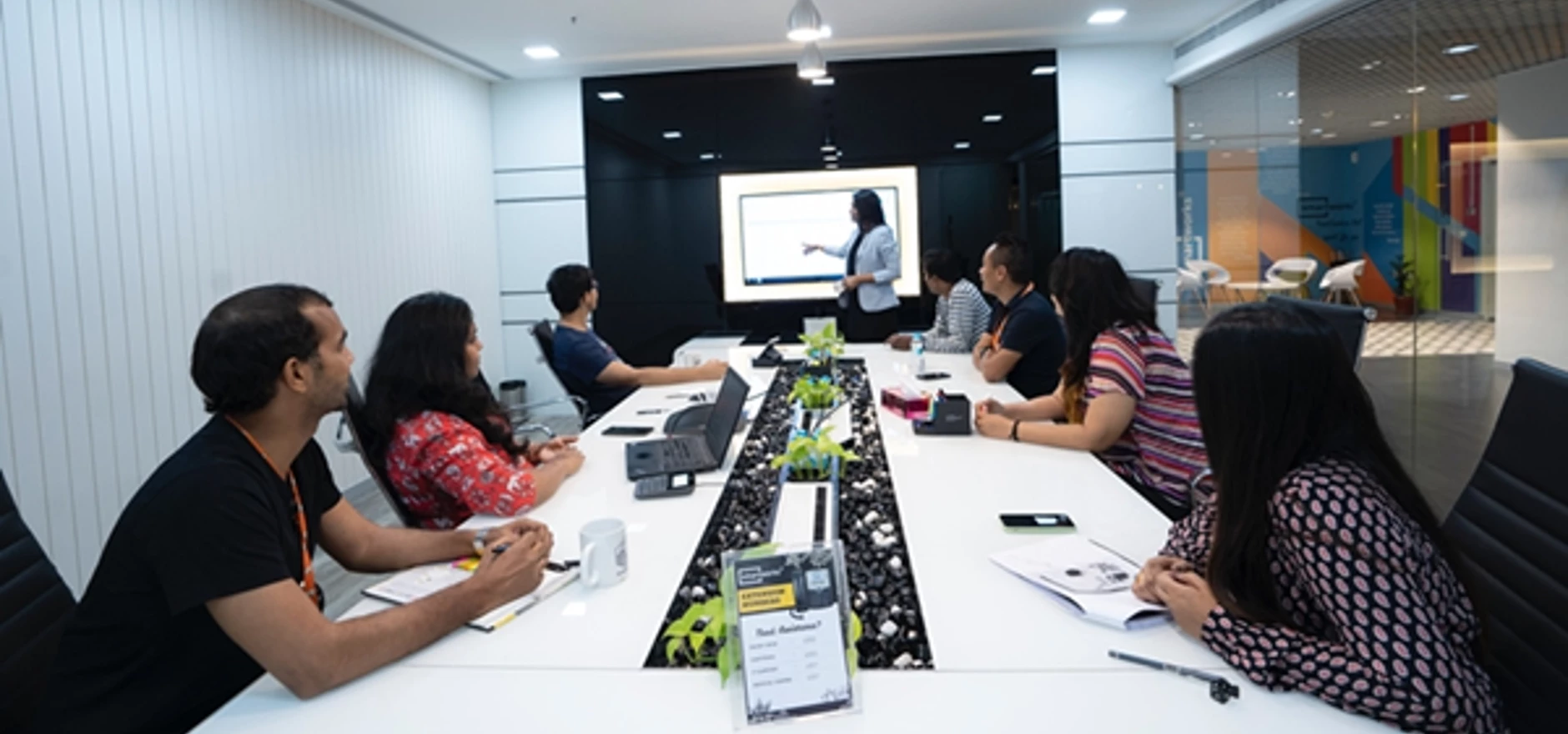
Partner Article
What is the Difference Between a Boardroom and a Meeting Room?
In the corporate world, both boardrooms and meeting rooms serve as crucial spaces for collaboration and discussion. But beneath the surface, key differences exist in their purpose, design, and atmosphere. Understanding these distinctions can help businesses optimise their use of these valuable spaces.
Purpose:
- Boardroom: This is the executive suite's heart. Boardrooms typically host high-level meetings involving a company's board of directors or senior management. Here, strategic decisions are made, financial reports are analysed, and the company's future is charted.
- Meeting Room: A more general-purpose space, meeting rooms can host various types of gatherings. Brainstorming sessions, team project discussions, client presentations, and departmental meetings are all commonly held in meeting rooms.
Size and Design:
- Boardroom: Think intimate and exclusive. Boardrooms are generally smaller than meeting rooms, comfortably accommodating 8–20 people around a large central table. This layout fosters focused discussion and equal participation among all members. High-quality furnishings, like comfortable executive chairs, often enhance the air of importance.
- Meeting Room: Meeting rooms come in various sizes, catering to a wider range of attendees. A small meeting room might seat 4-6 people, while a larger one could hold 20 or more. The layout is often flexible, with tables and chairs arranged depending on the meeting's needs.
Technology and Amenities:
- Boardroom: Given the high-stakes nature of board meetings, advanced technology is often integrated. Large screens, video conferencing capabilities, and high-quality sound systems facilitate presentations, remote participation, and clear communication. Whiteboards or digital displays might also be present to aid brainstorming and note-taking.
- Meeting Room: The level of technology varies depending on the company and the typical use of the meeting room. Basic meeting rooms might have a projector and screen, while others might have video conferencing or whiteboards.
Ambiance:
- Boardroom: The atmosphere is formal and serious. The focus is on achieving clear goals and making well-informed decisions.
- Meeting Room: The ambiance can be more casual, depending on the nature of the meeting. Brainstorming sessions might be more relaxed, while client presentations might have a more formal air.
In Conclusion:
While both boardrooms and meeting rooms foster collaboration, their unique characteristics cater to distinct purposes. Understanding these differences allows businesses to allocate resources effectively. Boardrooms become centres for strategic decision-making, while meeting rooms serve a multitude of collaborative functions. Ultimately, having a well-equipped and designated space for each type of meeting helps organisations thrive.
This was posted in Bdaily's Members' News section by iCONQUER Ltd .
Enjoy the read? Get Bdaily delivered.
Sign up to receive our popular morning National email for free.






 A legacy in stone and spirit
A legacy in stone and spirit
 Shaping the future: Your guide to planning reforms
Shaping the future: Your guide to planning reforms
 The future direction of expert witness services
The future direction of expert witness services
 Getting people into gear for a workplace return
Getting people into gear for a workplace return
 What to expect in the Spring Statement
What to expect in the Spring Statement
 Sunderland leading way in UK office supply market
Sunderland leading way in UK office supply market
 Key construction developments in 2025
Key construction developments in 2025
 Mediation must be part of planning process
Mediation must be part of planning process
 From apprentice to chief financial officer
From apprentice to chief financial officer
 Don't stifle growth with apprenticeship cuts
Don't stifle growth with apprenticeship cuts
 The start-up landscape: What lies ahead in 2025
The start-up landscape: What lies ahead in 2025
 JATCO adds welcome drive to automotive sector
JATCO adds welcome drive to automotive sector